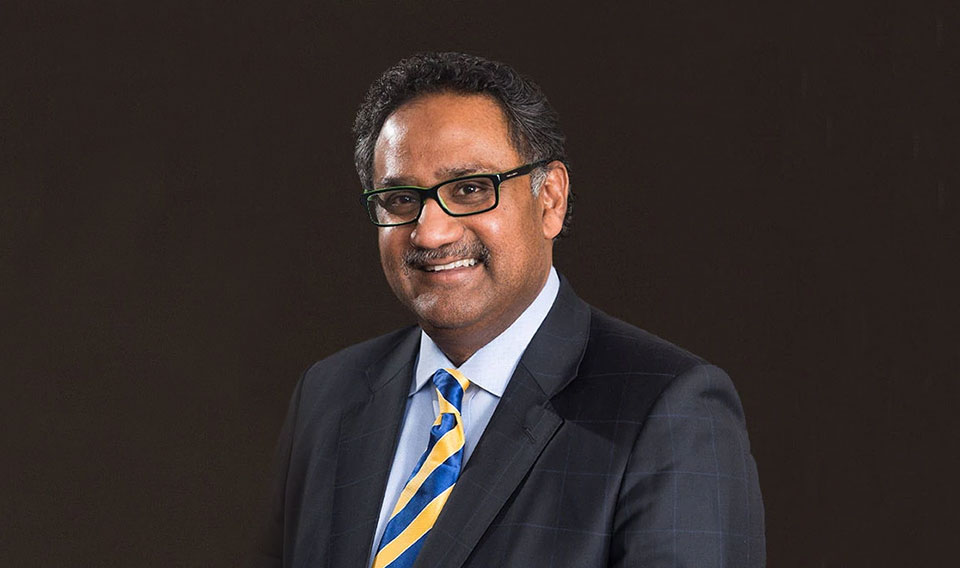Communication strategies for the newly promoted executive

Over the years in his career as the global research director of Deloitte LLP’s CFO Program, Ajit Kambil has seen countless examples of executives being promoted to C-Level positions without having the tools needed to communicate their visions to their stakeholders.
“As a C-Level executive taking on a new role, it’s important to quickly establish or elevate your communications program. The higher you go, the more people within the organization will want to know what you will be doing and how you will be doing it,” Kambil says.
So, working in his office in Austin, Texas, Kambil created Deloitte’s Executive Transition Lab. Kambil also created a model to help a C-Level executive collaborate with a communications professional to create a “communications cascade,” which he says provides a systematic approach to enhance and elevate an executive’s brand.
“The communications cascade helps executives create their own strategy or work more systemically with communications professionals on their strategy,” Ajit Kambil says.
Kambil’s executive communications cascade model has nine key elements:
- Align communications to your priorities. “Once you have clarity on key priorities, it makes sense to create a communications strategy specific to each priority, which then becomes part of an overall communications program,” Kambil says.
- Define critical audiences. “For each priority, define your critical audiences. Who do you need to communicate to? Who do you need to hear from?” Kambil says.
- Define audience-specific objectives around each priority. “With each audience, you are likely to have different goals,” Kambil says.
- Define critical messages. “In short, having your straw-man messages to different audiences clarified across a timeline can help with the effective construction and distribution of messages as needed,” Kambil says.
- Package your messages. “The key here is that your intended audience understands and, ideally, responds to your message in a way that you want. Different types of messages are best packaged in a format that best conveys the message. Generally, where behavioral or belief changes are required, stories may be a more memorable and effective format,” Kambil says.
- Think through who will deliver the message. “When others deliver the message in addition to you, it can show visible commitment from team and peer leaders. Peer stories may also be more powerful in their impact than top-down messages,” Kambil says.
- Select channels for communication. “Today, executives have numerous channels for communication within the organization and externally. Select your communication channels depending on the nature of the messages, the importance of different stakeholders, the number of stakeholders to communicate to and their geographic dispersion,” Kambil says.
- Define communication frequency. “For each priority, audience, message and channel, define the frequency of your communications. Defining the frequency Page 2 kanecommgroup.com and channels can help clarify the demands of a communications program on your available time,” Kambil says.
- Seek feedback and evaluate your communications. “You can get feedback from direct conversations with a sampling of your audiences, where you get a chance to assess how well they understand your messages and agenda. Feedback can help shape improvements to the communications program,” Kambil says.
Kambil says his communications cascade concept is not intended as a “one-and-done” proposition.
“Instead, it should be a dynamic process with feedback that is reviewed and reshaped every six months or so to be relevant, timely and effective,” Kambil says.
Written by Steve Jagler.
Bring the best of the CEOWORLD magazine's global journalism to audiences in the United States and around the world. - Add CEOWORLD magazine to your Google News feed.
Follow CEOWORLD magazine headlines on: Google News, LinkedIn, Twitter, and Facebook.
Copyright 2025 The CEOWORLD magazine. All rights reserved. This material (and any extract from it) must not be copied, redistributed or placed on any website, without CEOWORLD magazine' prior written consent. For media queries, please contact: info@ceoworld.biz








